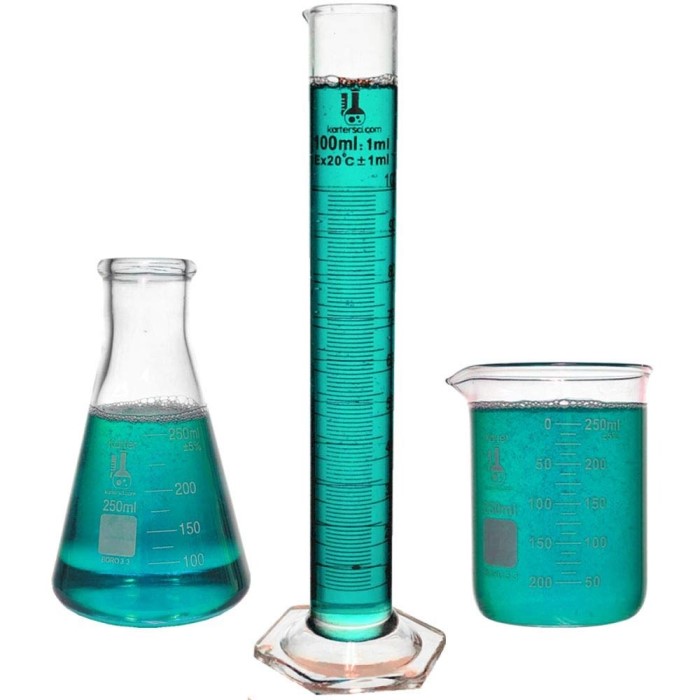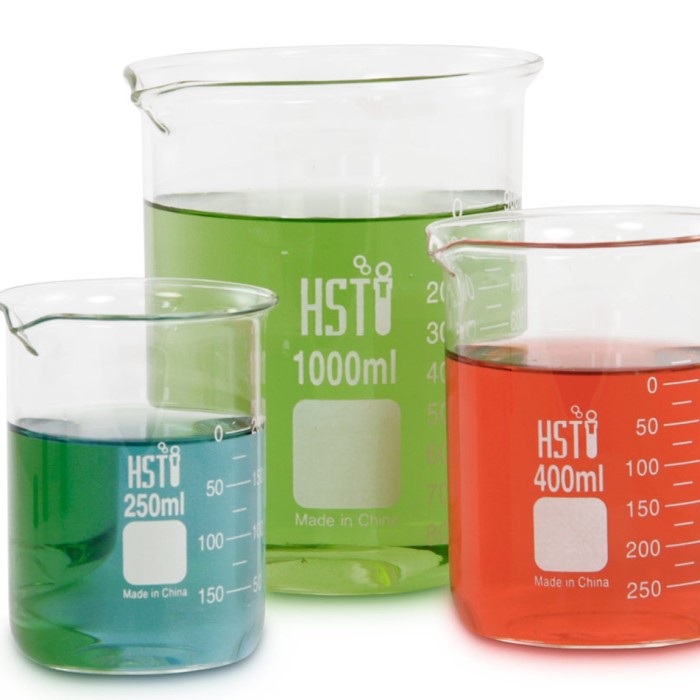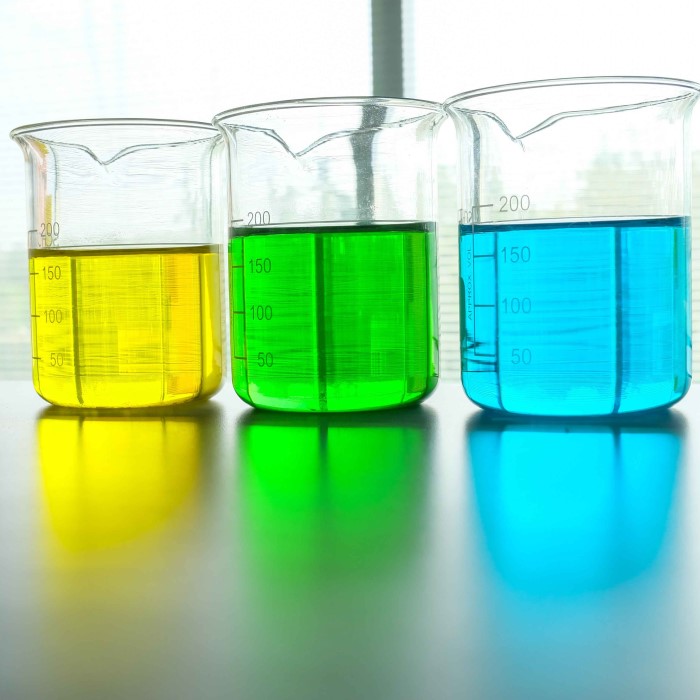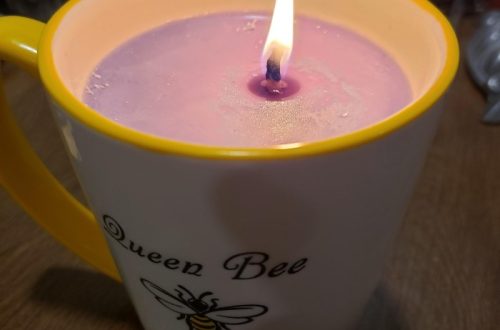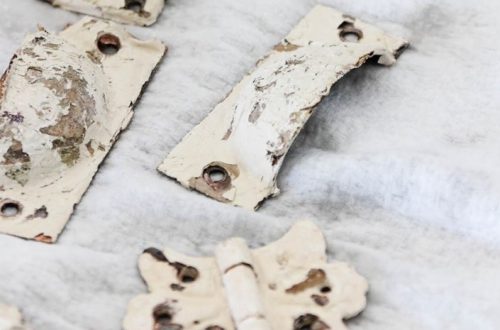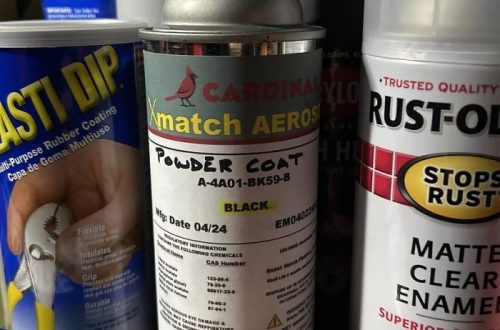Introduction
Science beaker is essential tools in laboratories and experiments. They are cylindrical containers with flat bottoms. They usually have a spout for pouring liquids easily. These tools are crucial for measuring, mixing, and transporting substances.
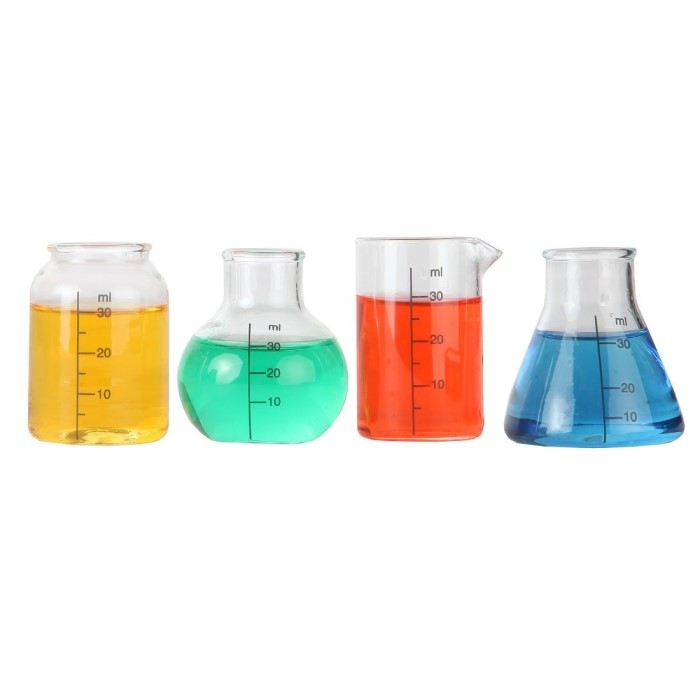
Definition and Purpose
A science beaker is a simple container used in scientific settings. It is designed for holding, mixing, or heating chemicals. Beakers are made with durable materials to withstand different temperatures and conditions. Their primary purpose is to facilitate experiments and research. They also make liquid transfers and observations easier.
Historical Development of Beakers
The history of beakers dates back to early alchemists. Early versions were rudimentary containers for experiments. In the 19th century, glass manufacturing improved their design significantly. Modern beakers were developed with graduated markings and heat-resistant materials. Today, they are indispensable for education, research, and industry.
Common Uses
Science beakers are versatile tools with a wide range of uses in various fields. Their functionality extends across laboratories, educational institutions, and industrial environments.
Laboratory Applications
Science beakers play a crucial role in laboratory work. They use to measure liquids accurately. They also assist in mixing, heating, and cooling substances during experiments. Beakers are perfect for transferring liquids without spills due to their spouts. They involve in chemical reactions where substances are contained and observed. Laboratories depend on their durability, especially when working with high temperatures or corrosive chemicals.
Educational Usage
Beakers are widely used in schools and universities for teaching science experiments. They help students understand concepts related to chemistry, biology, and physics. Simple experiments often require beakers for holding solutions or observing reactions. Teachers rely on their transparency to demonstrate processes clearly for students. Their ease of use makes them essential tools in beginner-level science labs.
Industrial and Specialized Roles
In industrial settings, science beakers support manufacturing and testing processes. They are handy for quality control checks, especially when working with liquids. Industries such as pharmaceuticals, cosmetics, and food production utilize them regularly. Specialized science beaker, designed for extreme conditions, cater to advanced applications like material analysis and prototype development. Their adaptability ensures they meet diverse requirements across sectors.
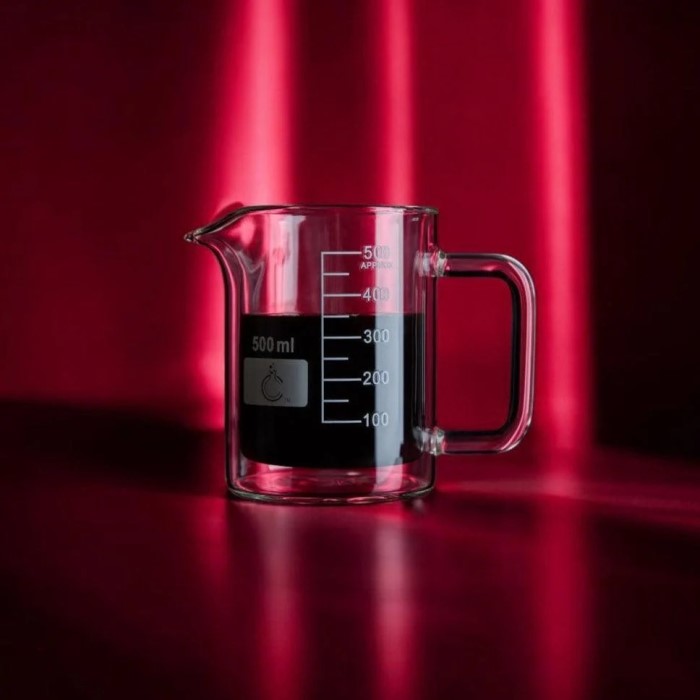
Materials Used
Science beakers are made from various materials to suit diverse applications. Each material offers distinct benefits and characteristics. Common materials include glass, plastic, and specialty materials.
Glass Beakers
Glass beakers are the most widely used type in laboratories. They are made from heat-resistant borosilicate glass. This material withstands high temperatures and sudden changes in temperature. Glass beakers are suitable for heating and mixing chemicals without contamination. Their transparency allows easy observation of liquid levels and reactions. They are durable and reusable but can break if dropped.
Plastic Beakers
Plastic beakers are lightweight and affordable compared to glass. They are made from materials like polypropylene or polyethylene. These beakers are shatterproof and safe for everyday use. Plastic beakers work well in educational labs and non-heated experiments. However, they may not withstand high heat or react with certain chemicals. Their flexibility and price make them ideal for less demanding applications.
Specialty Materials
Some science beakers are made with specialty materials for advanced applications. Metals like stainless steel or ceramic are used in extreme conditions. These materials resist high heat, pressure, and corrosion. Specialty beakers are common in industries like metallurgy and material science. Additionally, reinforced plastics, like Teflon, cater to specific chemical requirements. Specialty materials ensure durability and precision in challenging environments.
Types of Science Beaker
Science beakers come in various types, each designed for specific applications. Understanding their differences helps in choosing the right one for your needs. Below are the most common types.
Standard Beakers
Standard beakers are the most basic and widely used type. They have straight sides and a flat bottom, making them stable on surfaces. These beakers usually feature a spout for easy pouring of liquids. They are available in different sizes, from small to large. Standard beakers are perfect for basic tasks, such as mixing or heating substances. Their simplicity makes them reliable and versatile tools in any lab setting.
Graduated Beakers
Graduated beakers come with measurement markings on their sides. These markings allow accurate measurement of liquid volumes. They are ideal for experiments requiring precise quantities. Graduated beakers are often made of transparent materials, like glass or plastic. This transparency allows clear observation of levels and reactions. These beakers are essential in labs where exact proportions are critical, such as titration experiments. Their markings eliminate guesswork, ensuring accuracy in scientific processes.
Erlenmeyer Flasks vs. Beakers
Erlenmeyer flasks and science beaker serve different purposes but may appear similar. Beakers have straight sides, while Erlenmeyer flasks have sloped ones. Flasks are better for mixing without spills, as their narrow neck prevents splashing. Beakers, on the other hand, are easier to clean and provide a wider opening. For heating, both are used, but Erlenmeyer flasks distribute heat more evenly. Choose flasks for controlled mixing and beakers for broader applications. Understanding these differences ensures you select the right tool for your experiment.
How to Choose the Right Beaker
Selecting the right science beaker is crucial for accurate and safe experiments. Different materials, sizes, and designs cater to various tasks. Consider your specific needs before making a choice.
Factors to Consider (Material, Size, Use Case)
Material
- Glass Beakers:
- Ideal for experiments involving heating or chemical reactions due to their heat resistance and inertness.
- They allow for clear visibility of the contents, enabling easy monitoring of reactions.
- Plastic Beakers:
- Suitable for lightweight tasks that do not require heating.
- Typically more affordable and unbreakable, making them practical for quick or less critical applications.
- Specialty Materials:
- Stainless Steel: Extremely durable and resistant to corrosion, making it perfect for extreme temperature and pressure conditions.
- Teflon Beakers: Non-stick surface makes them ideal for handling sticky or viscous materials. They also resist chemical reactions with aggressive substances.
Size
- Small Beakers:
- Best for working with minor quantities of liquids, making them suitable for micro-experiments or when only small sample sizes are needed.
- Easier to handle and clean, often used in educational settings or preliminary experiments.
- Large Beakers:
- Designed for bulk measurements, allowing the user to work with larger volumes of liquids.
- Useful in industrial or research environments where larger quantities are frequently required.
Use Case
- Graduated Beakers:
- Specifically made for precise measurements, featuring marked graduations on the side to indicate volume.
- Essential for quantitative experiments where accuracy is paramount, such as titration procedures or preparing solutions.
- Standard Beakers:
- Sufficient for general tasks such as mixing, holding, or heating liquids without the need for precise volume indication.
- Commonly used in routine laboratory work where exact measurements are less critical.
- Specialized Beakers:
- Designed for unique applications, such as those with integrated heating elements, or specific shapes for particular experimental setups.
- Consider using these if your experiment has unique requirements that standard beakers cannot satisfy.
Examples for Specific Applications
Educational Labs:
- Material: Utilize plastic beakers for student experiments.
- Benefits:
- Lightweight: Easy for students to handle, reducing the risk of spills or accidents.
- Affordable: Cost-effective, allowing schools to equip labs without significant financial strain.
- Safety: Designed for beginners, minimizing the risk of breakage and injury, making them suitable for hands-on learning.
Chemical Research:
- Material: Select glass beakers for situations involving the heating or handling of reactive chemicals.
- Benefits:
- Transparency: The clear material allows for easy monitoring of reactions and changes, facilitating better observation and learning.
- Chemical Resistance: Glass can withstand a variety of chemicals without reacting, ensuring accurate results.
- Temperature Tolerance: Glass beakers can handle high temperatures, making them ideal for various experimental setups.
Industrial Testing:
- Material: Opt for stainless steel or other specialty materials for demanding environments.
- Benefits:
- Durability: Stainless steel beakers are resistant to corrosion and wear, ensuring longevity in industrial settings.
- High-Pressure Capability: These materials can withstand extreme conditions, making them suitable for rigorous testing scenarios.
- Easy to Clean: Non-porous surfaces allow for thorough sanitation between tests, essential for maintaining sample integrity.
General Laboratory Tasks:
- Material: Standard beakers made from various materials can be employed for mixing, heating, or transferring substances.
- Benefits:
- Versatility: These beakers are suitable for a wide range of routine laboratory functions, from preparing solutions to conducting experiments.
- Ease of Use: Their design often features measurement markings, facilitating accurate mixing and dosage.
- Accessibility: Standard beakers are readily available and commonly used, making them a staple in laboratory settings.
Selecting the right science beaker ensures efficiency, safety, and reliable results in your experiments.
Care and Maintenance
Proper care ensures your science beaker last longer and perform reliably. Regular cleaning, careful storage, and adherence to safety guidelines are essential.
Cleaning Techniques
- Rinse Immediately: Wash beakers right after use to prevent residue from hardening.
- Use Mild Detergents: Choose non-abrasive detergents to avoid damaging the material.
- Scrub Gently: Use soft brushes or sponges for cleaning hard-to-reach areas.
- Avoid Harsh Chemicals: Refrain from using strong chemicals that can corrode or degrade the beaker.
- Sterilize When Needed: Sterilize glass beakers with heat if used with biological or chemical substances.
Proper Storage
- Store Upright: Keep beakers upright to avoid accidental spills.
- Avoid Crowding: Don’t stack beakers to prevent breakage or scratches.
- Temperature Control: Store beakers in places with stable temperatures to prevent thermal stress.
- Protect Fragile Beakers: Use padded shelving for glass or specialty-material beakers.
Safety Precautions
- Handle with Care: Avoid sudden movements to reduce the risk of drops or spills.
- Inspect Before Use: Check beakers for cracks or damage to ensure safe usage.
- Use Proper Tools: Use tongs or gloves when handling hot or corrosive materials.
- Follow Guidelines: Always follow lab protocols to safely use and clean science beakers.
Innovations and Future Trends in Beaker Design
The science beaker has evolved to meet modern laboratory needs. Innovations now focus on improving sustainability and functionality. These advancements aim to make experiments more efficient and environmentally friendly.
Eco-Friendly Materials
- Biodegradable Materials: Labs increasingly use beakers made from biodegradable plastics. These reduce environmental waste.
- Recycled Glass: Beakers crafted from recycled glass minimize resource consumption while maintaining durability.
- Alternative Plastics: Researchers develop new plastics that degrade faster or are plant-based to curb pollution.
- Reduced Chemical Impact: Sustainable materials are selected to avoid releasing harmful chemicals during manufacturing or use.
Eco-friendly beaker designs are critical as laboratories prioritize greener practices. These innovations reduce environmental harm without compromising performance.
Advanced Measurements and Features
- Digital Integration:
- Modern beakers equippe with cutting-edge digital sensors that allow for accurate measurements of both temperature and volume.
- These sensors enhance the reliability of experimental results by providing real-time data, minimizing the risk of human error associated with manual readings.
- Self-Stirring Technology:
- Some state-of-the-art beakers feature built-in self-stirring mechanisms that facilitate automated mixing of solutions.
- This technology not only saves time but also ensures a uniform mixture, improving the consistency of experiments and reducing the need for manual intervention.
- Improved Visibility:
- Enhanced marking systems on these beakers offer clearer volume readings, aiding researchers in obtaining precise measurements.
- These markings are often designed to be highly visible, making it easier to read measurements even in low-light conditions or from different angles.
- Robust Materials:
- The use of durable coatings in the construction of modern beakers helps protect them from scratches and other wear-and-tear common in busy laboratory environments.
- This increased durability extends the lifespan of the beakers, thereby reducing replacement costs and contributing to a more sustainable laboratory practice.
- Automation Compatibility:
- Advanced designs of modern beakers are compatible with automated laboratory systems, allowing for seamless integration into high-throughput workflows.
- This compatibility enhances efficiency by facilitating automated data collection and minimizing the need for manual handling, leading to faster and more reliable results in scientific research.
These advancements improve accuracy and efficiency in scientific experiments. Future trends ensure science beakers remain essential tools in evolving laboratory settings.
Conclusion: The Versatile Science Beaker
In summary, the science beaker is an indispensable tool in both educational and professional settings. Understanding the different types of beakers and their various uses can enhance laboratory techniques and experimental success.
By familiarizing yourself with proper handling, cleaning, and safety practices, you can effectively leverage beakers in your scientific endeavors. Whether you are a student, educator, or professional researcher, the beaker is a staple that plays a significant role in everyday science.
